-
April, Raymonde (b.1953, Moncton, New Brunswick)
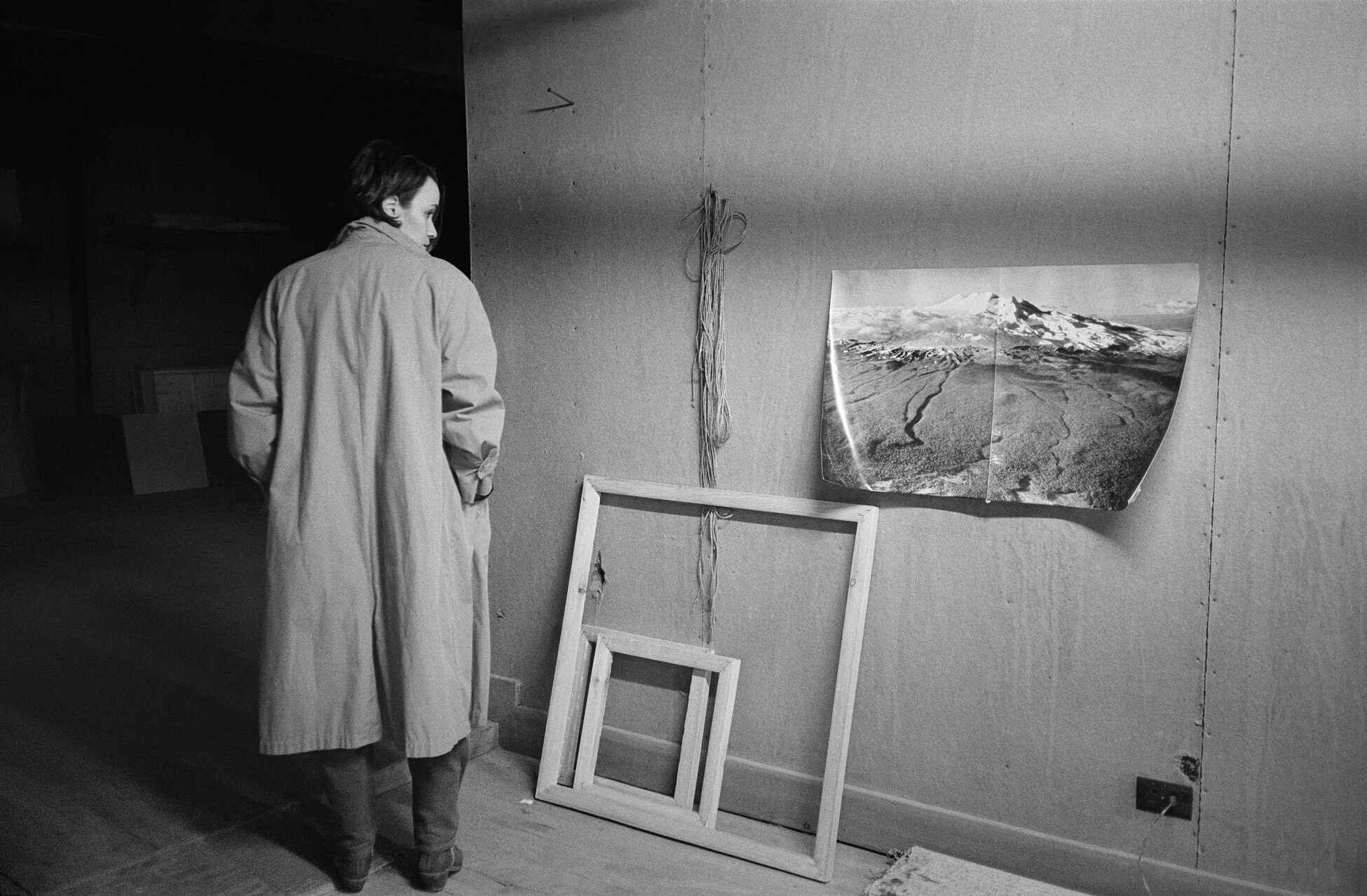
April was raised in eastern Quebec and studied art at Laval University. She earned recognition in the late 1970s and 1980s for her self-portraits influenced by Proust and feminist performance art. In her work she incorporates found images of her family or landscapes, and she creates narrative through a series of photographs. After her 1988 residency in Paris, April’s work shifted more toward landscape and she became interested in integrating photography with text. April taught photography at Concordia University.
Image: Raymonde April, Portrait of the artist #1, 1980, gelatin silver print, 40.5 x 50.5 cm.
For further reading, see:
April, Raymonde. “A Fly in Paradise.” In 13 Essays on Photography, edited by Geoffrey James, 195–208. Ottawa: Canadian Museum of Contemporary Photography, 1990.
Baillargeon, Richard. “Reflecting Upon This Landscape: The Imagery of Raymonde April.” In Frame of Mind: Viewpoints on Photography in Contemporary Canadian Art, edited by Daina Augaitis, 92–102. Banff: Walter Phillips Gallery, 1993.
Enright, Robert. “Secret-Sharer: An Interview with Raymonde April.” Border Crossings 27, no. 4 (December 2008): 58–71.
Sloan, Johanne. “Relations, 1988: Photographic, Postmodern, Feminist.” Journal of Canadian Art History / Annales d’histoire de l’art Canadien 36, no. 1 (2015): 181–201.

-
Arden, Roy (b.1957, Vancouver)
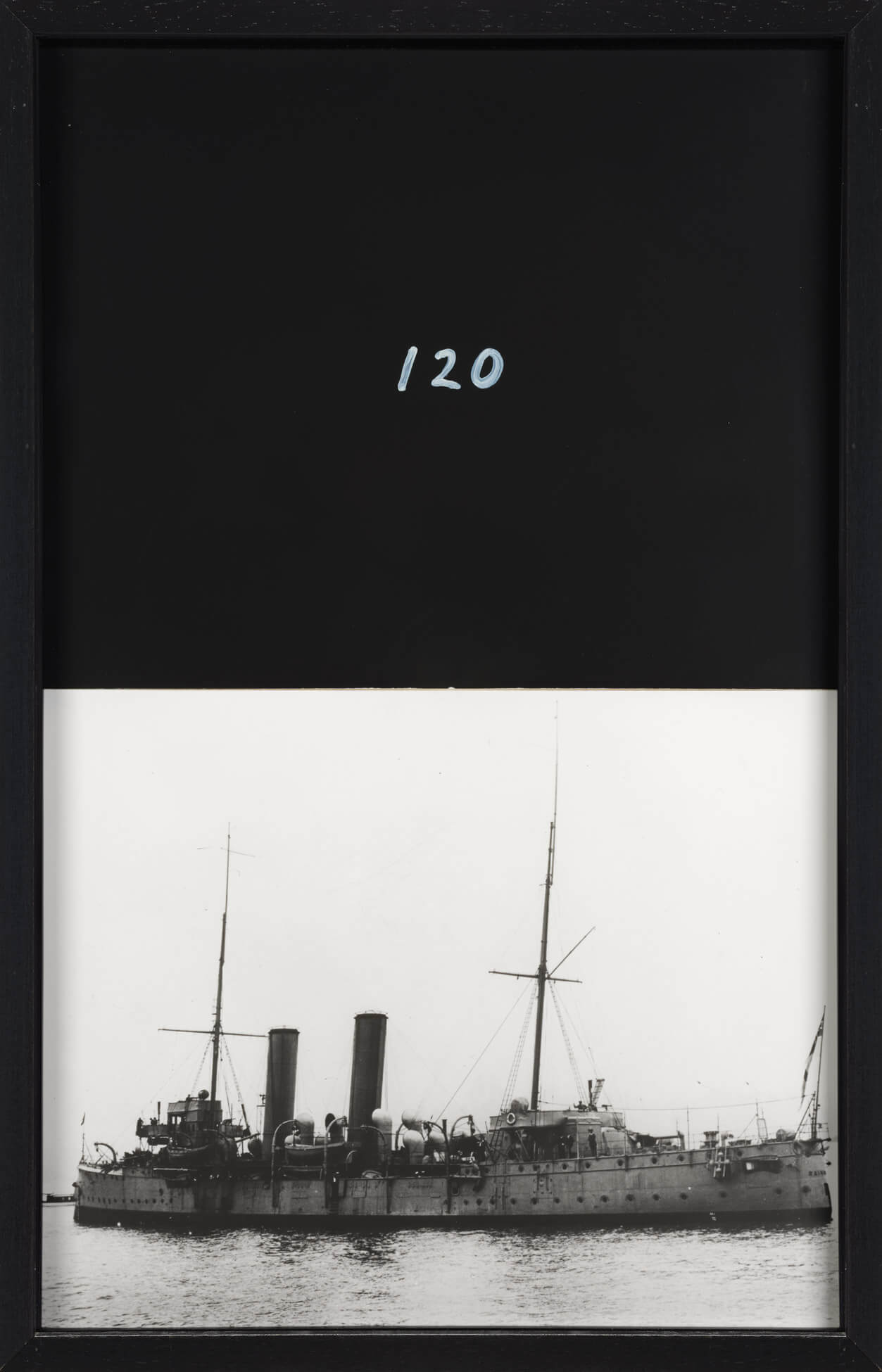
Associated with the Vancouver photo-conceptualist movement, Arden’s work explores social and political issues relating to the urban environment and the history of Vancouver. His poetic sensibility is seen in the series Fragments, 1981–85, which consists of tightly framed images of everyday subjects, including figures from the city’s artistic community. In the mid- to late 1980s, Arden made a series of archival works in which he appropriated news photographs to comment on events in Canadian history. Rupture, 1985, considers the class struggle at the heart of Vancouver’s 1938 labour protests, while Abjection, 1985, is a melancholic reflection on the internment of Japanese Canadians during the Second World War. In Komagata Maru, 1985, Arden recalls Canada’s anti-Asian immigration policies and omissions in the historical record.
Image: Roy Arden, Komagata Maru (detail 2), 1985, eighteen diptych panels with gelatin silver prints, exposed photo paper, white ink, 40.7 x 25.4 cm each, Morris and Helen Belkin Art Gallery, University of British Columbia, Vancouver.
For further reading, see:
Arden, Roy, and Peter Culley. Roy Arden: Fragments. Vancouver: Presentation House Gallery, 2000.
Ferguson, Russell. “From Fragments.” In Roy Arden: Against the Day, 68–93. Vancouver: Vancouver Art Gallery and Douglas & McIntyre, 2007.
Strom, Jordan. “Ruptures in Arrival: Art in the Wake of the Komagata Maru.” In In the Wake of the Komagata Maru: TransPacific Migration, Race, and Contemporary Art, edited by Lisa Marshall with Jordan Strom, 8–15. Surrey: Surrey Art Gallery, 2015.
Wood, William. “The Difference of Times.” In SightLines: Reading Contemporary Canadian Art, edited by Jessica Bradley and Lesley Johnstone, 329–34. Montreal: Artexte Information Centre, 1994.

-
Astman, Barbara (b.1950, Rochester, New York)
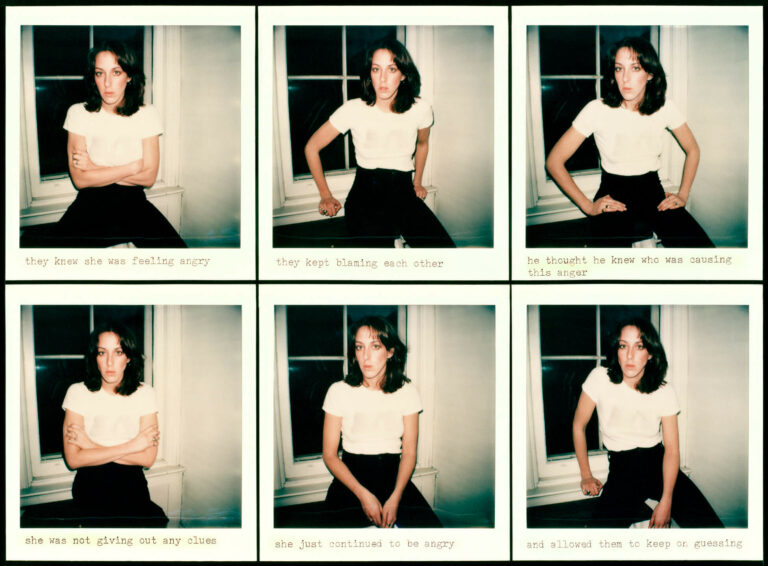
Astman is a Toronto-based photographer and multimedia artist known for her experimental work with photographic technologies and her feminist approach. Her Ektacolor murals of enlarged Polaroid images, such as Untitled (Visual Narrative Series), 1978–79, feature billboard-scale storyboards with typewritten text. Works in her Red Series, 1981, evoke personal worlds through striking self-portraits with everyday objects. Astman is a professor at OCAD University in Toronto.
Image: Barbara Astman, Untitled (Visual Narrative Series), 1978–79, SX-70 Ektacolor mural, 121.9 x 152.4 cm, Art Gallery of Hamilton.
For further reading, see:
Astman, Barbara, Liz Wylie, and Art Gallery of Hamilton. Barbara Astman: Personal/Persona: A 20-Year Survey. Hamilton: Art Gallery of Hamilton, 1995.
Enright, Robert. “The Revolutionary Two-Step: An Interview with Barbara Astman.” Border Crossings 90, no. 1 (May 2004): 44–50.

-
Azuma, Kan (b.1946, Tokyo)
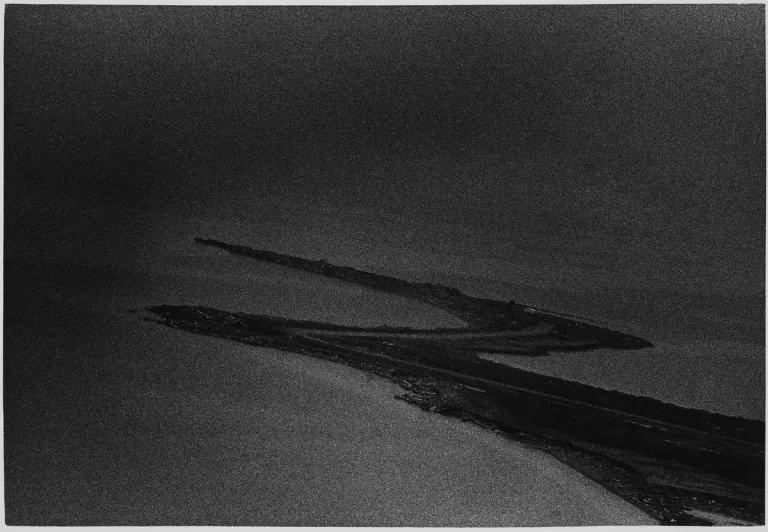
Azuma studied photography in Japan before moving to Canada in 1970. He lived and worked in Vancouver and Toronto. His most significant body of work in Canada is Erosion, 1973, a series of fifty landscape photographs taken at Point Pelee National Park in southwestern Ontario. After its debut in an exhibition at York University, where Azuma worked, the National Film Board of Canada purchased Erosion and toured Azuma’s work in exhibitions in Canada and abroad. Little is known of Azuma’s career after he returned to Japan in 1980.
Image: Kan Azuma, Untitled (from Erosion series), 1973, gelatin silver print, 25.3 x 25.2 cm; image: 12.5 x 18.2 cm, CMCP Collection, National Gallery of Canada, Ottawa.
For further reading, see:
Langford, Martha. “Kan Azuma and the Canadian Japanese Diaspora: Perception, Identity, and Their Erosion.” In Photography and Migration, edited by Tanya Sheehan, 216–32. London: Routledge, 2018.

-
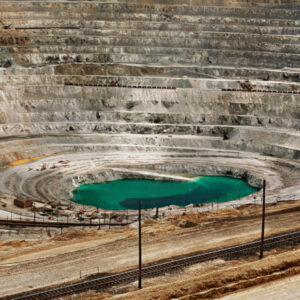 About the Authors
About the Authors
This book is written by art historians Sarah Bassnett and Sarah Parsons.
-
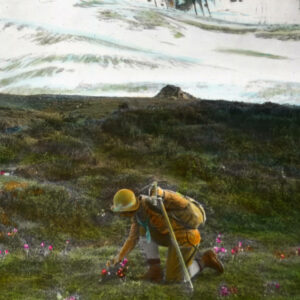 More Online Art Books
More Online Art Books
Read online or download the ACI’s incredible library of art books for free in French and English.
-
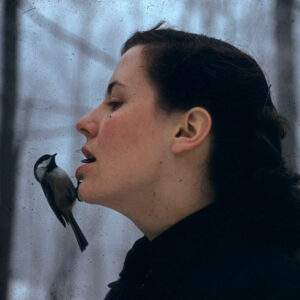 Preface
Preface
Photography has become so thoroughly integrated into our everyday experience that it may be hard to imagine life without it.
